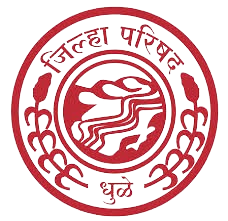Introduction
In Maharashtra, rural local governance is structured under the Panchayati Raj System, established as per the 73rd Constitutional Amendment Act, 1992. This system empowers local self-governance in villages through a three-tier structure:
Introduction :
- Zilla Parishad (District Level)
– Role: Zilla Parishad is the apex body at the district level responsible for planning and coordinating developmental activities across the district.
– Composition: It consists of elected representatives from various constituencies, Members of Parliament (MPs), and Members of Legislative Assembly (MLAs) from the district.
– Functions:
– Planning and execution of district-level development programs
– Supervising Panchayat Samitis and Gram Panchayats
– Managing funds for education, healthcare, agriculture, and rural infrastructure
– Implementing welfare schemes under state and central government initiatives
- Panchayat Samiti (Block Level)
– Works as a link between the Zila Parishad and Gram Panchayats
– Focuses on block-level development activities
- Gram Panchayat (Village Level)
– Governs at the village level, addressing local issues and implementing schemes
– Ensures sanitation, water supply, and basic village infrastructure
Zila Parishad in Maharashtra:
– Maharashtra has a well-established network of 34 Zila Parishads.
– These bodies play a crucial role in implementing schemes like rural housing, sanitation, women’s welfare, and agricultural support.
– They also oversee primary education and rural healthcare services.
Significance:
Zila Parishads in Maharashtra ensure decentralized planning and effective delivery of public services, promoting grassroots democracy and inclusive development.



